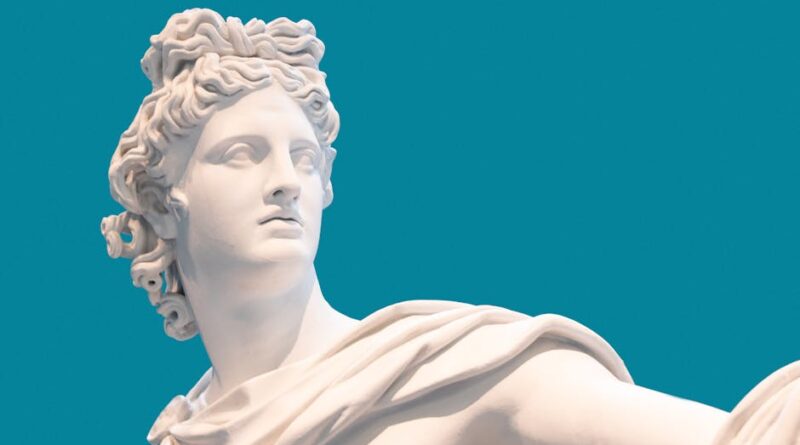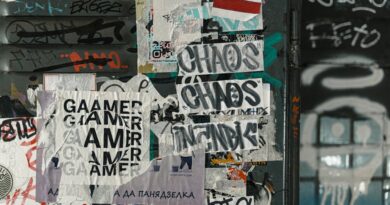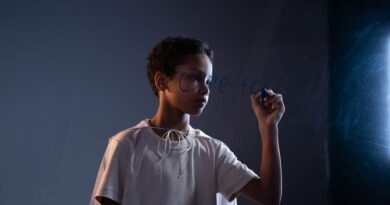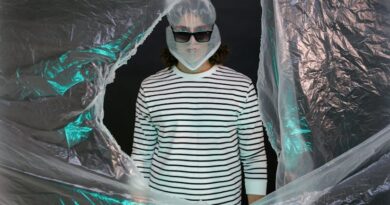Unveiling the World of Art Curation Insights
Art curation is an intricate process that involves selecting, organizing, and presenting works of art to create a meaningful and engaging experience for viewers. The role of an art curator goes beyond simply hanging paintings on walls; it requires a deep understanding of art history, contemporary trends, and the ability to communicate a narrative through visual means. In this article, we delve into the fascinating world of art curation insights, exploring the various aspects that contribute to shaping the way we perceive and interact with art.
The Evolution of Art Curation
Art curation has a rich history that dates back to ancient civilizations, where rulers and aristocrats would display their collections of art as a sign of wealth and power. However, the modern concept of art curation emerged in the 18th century with the rise of public museums and galleries. The role of the curator evolved from a mere caretaker of artworks to a storyteller who carefully selects and arranges pieces to convey a specific message or theme.
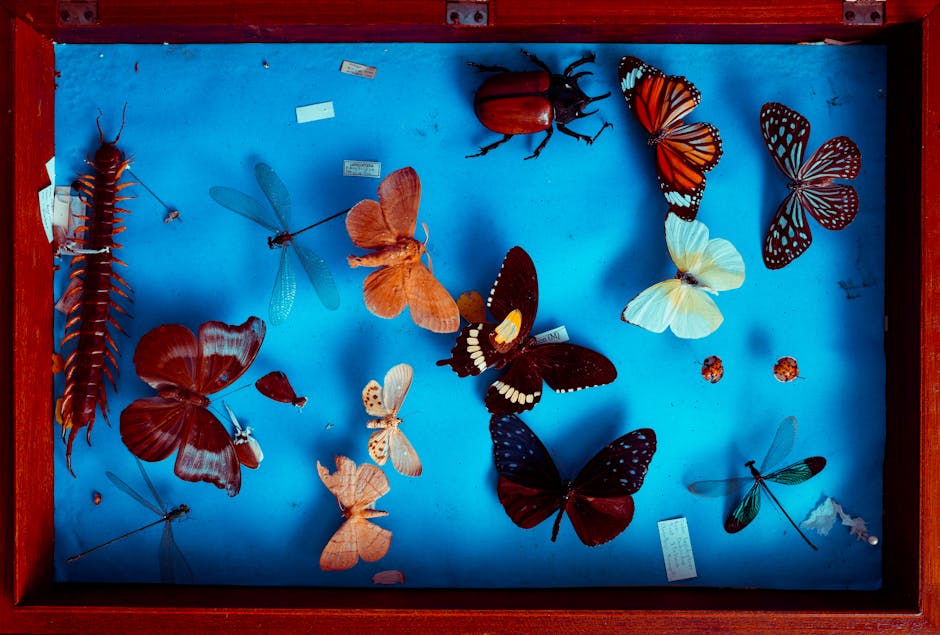
By NEOSiAM 2024+ via Pexels
Key Components of Art Curation
Art curation involves several key components that contribute to creating a cohesive and engaging exhibition. These components include:
Selection of Artworks
The first step in art curation is the careful selection of artworks that fit the theme or concept of the exhibition. Curators must consider the artistic quality, historical significance, and relevance of each piece to ensure a well-rounded and impactful display.
Arrangement and Display
How artworks are arranged and displayed can greatly impact the viewer’s experience. Curators must consider factors such as lighting, spacing, and flow to create a visually appealing and cohesive exhibition that guides the viewer through a narrative.

By PNW Production via Pexels
Contextualization
Providing context for the artworks is essential in helping viewers understand the significance and meaning behind each piece. Curators often include wall text, audio guides, or interactive elements to enhance the viewer’s appreciation and engagement with the art.
Interpretation
Art curation also involves interpreting the artworks and creating connections between them to communicate a broader message or theme. Curators act as mediators between the artist and the viewer, guiding them through the creative process and intent behind each piece.
The Role of Technology in Art Curation
Advancements in technology have revolutionized the field of art curation, offering new tools and opportunities for curators to engage with audiences in innovative ways. Virtual reality, augmented reality, and digital platforms have expanded the possibilities for creating immersive and interactive art experiences that transcend physical boundaries.
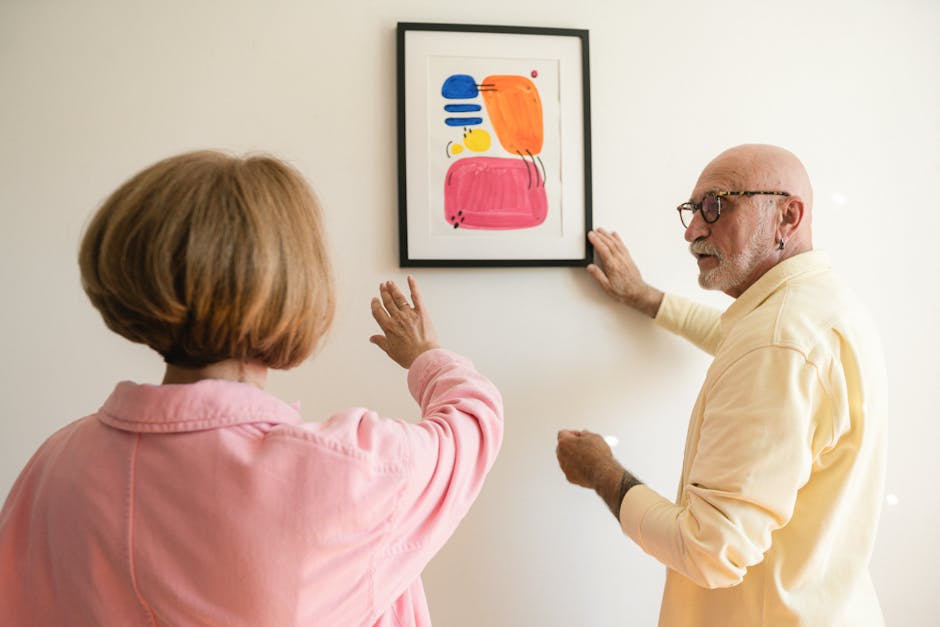
By SHVETS production via Pexels
Art curation insights also benefit from data analytics and artificial intelligence, allowing curators to gather insights into visitor behavior, preferences, and engagement levels. This data-driven approach enables curators to tailor exhibitions to meet the needs and interests of their audience, creating a more personalized and engaging experience.
Challenges and Controversies in Art Curation
While art curation is a rewarding and enriching practice, it also comes with its fair share of challenges and controversies. One of the main challenges curators face is striking a balance between preserving the integrity of the artworks and making them accessible to a wider audience.
Representation and Diversity
Another pressing issue in art curation is the need for greater representation and diversity in exhibition spaces. Curators are increasingly being called upon to showcase a more inclusive range of artists and perspectives, challenging traditional narratives and promoting social justice and equality in the art world.
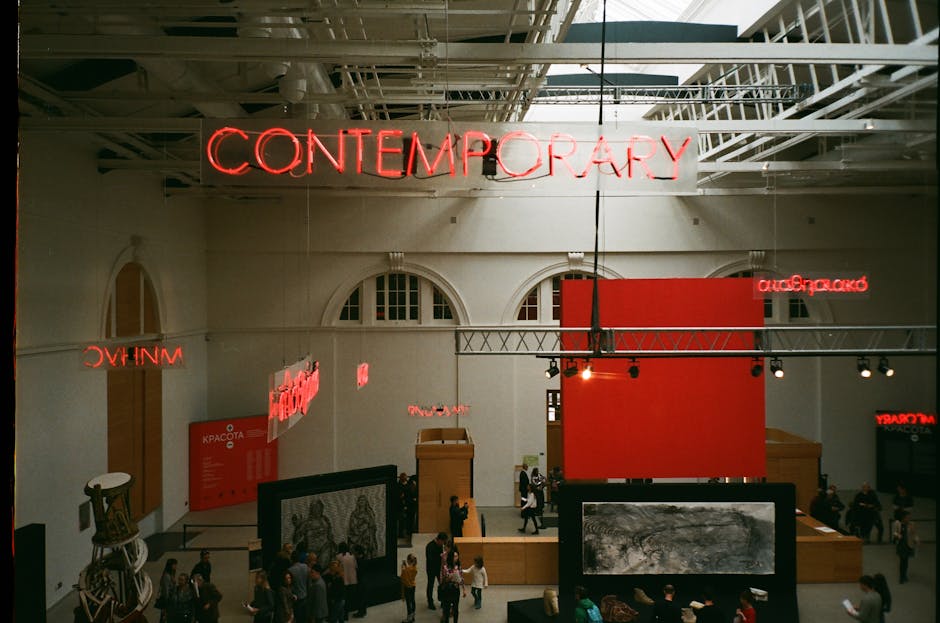
By Darya Sannikova via Pexels
Ethical Considerations
Curators also grapple with ethical considerations when dealing with controversial or sensitive topics in art. Decisions about what artworks to display, how to interpret them, and how to engage with difficult themes require careful thought and consideration to ensure the well-being and respect of both artists and viewers.
Expert Opinions on Art Curation Insights
We reached out to several art curators and experts in the field to gather their insights on the evolving landscape of art curation. According to Dr. Jane Smith, a renowned art historian and curator, “Art curation is a dynamic and ever-changing field that requires a deep understanding of art history, cultural context, and audience engagement. Curators play a vital role in shaping the way we perceive and interpret art, creating meaningful and transformative experiences for viewers.”
Common Misconceptions about Art Curation
There are several common misconceptions about art curation that often mislead the public about the role and responsibilities of curators. One such misconception is that curators simply choose artworks based on personal preference, when in fact, their decisions are guided by a nuanced understanding of art history, context, and thematic relevance.
Conclusion
In conclusion, art curation insights offer a fascinating glimpse into the complex and multifaceted world of curating art. From the selection and arrangement of artworks to the contextualization and interpretation of themes, curators play a crucial role in shaping our understanding and appreciation of art. As technology continues to advance and social attitudes evolve, the field of art curation is poised for further innovation and transformation, opening up new possibilities for engaging with art in exciting and immersive ways.
Whether you’re a seasoned art enthusiast or a curious newcomer, exploring the world of art curation insights can provide a deeper appreciation for the power of art to inspire, provoke, and connect us to the world around us.

